Farm life on the eastern side of the Fish River Canyon
In the early days at the farm, the De Waals only visited town three times a year because of the cost of the trip and later when the children had to be picked up from boarding school for the holidays. Being far from everything meant that they depended on ‘smouse’ (hawkers) for their commodities. A hawker (Henk remembers one hawker in particular, a man named Gordon) would arrive in an old army truck laden with steel bins and sell his wares which included needles, thread, yards of cloth, mealie meal, coarse salt, sugar and the Lennons medicine range. “Mom could fix just about any ailment or injury with Vicks, Vaseline and castor oil,” Henk reminisces smiling. ‘‘n Lepel vol kasterolie (a dessert spoon of castor oil) was used to flush the tummy first thing when we returned from boarding school.”
Traders would come to the remote farms to buy sheep and goats, which they would load on to their trucks before continuing to the neighbouring farms. This provided their cash flow. According to Henk “If you got ten pounds from them you were okay for another three months.”
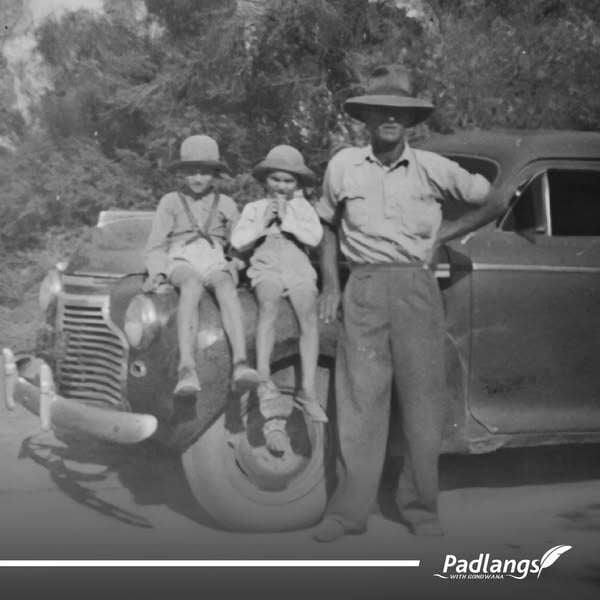
Family life in the wilds around the canyon included living with wildlife and the family had some amusing encounters. When Henk was a child, two ostrich chicks, a male and a female that they named ‘Pote en Tone’ (Paws and Toes), were picked up in the veld after jackals had ransacked the nest causing the hen to abandon it. Pa Daniël picked them up and nursed them to health in a cardboard box in the house. They grew up to be large adult ostriches and their exercising area was at the kraal gate in front of the house. When they sensed rain in the air, Pote would take off at full speed down to the river and return running with his wings spread wide open. “I can still see him,” Henk says. The children received a hiding once for giving Pote and Tone extra large tomatoes from the garden so they could watch the tomatoes’ journey down the ostriches’ long necks.
Leopards, rooikatte and jackals preyed on all animals, wild and domesticated. Henk’s mother, Johanna, reared a small steenbok that was found abandoned in the veld. In the front of the house, she lovingly tended her flowers. The family would be sitting on the stoep in the late afternoon when the little steenbok would peep around the corner, see where everyone was, and on tiptoes come in and grab a flower. When Johanna shouted his name, he would jump up and run around the corner. This was a regular afternoon event.
Although Pa Daniël started off with a horse as his transport, it was soon traded for a post-WWII Willys jeep and later he also acquired a motorcycle. In his old age, he was still riding a trail motorcycle like a youngster, a ‘fat-tekkie’ one for the river and one with narrower tyres for the hard veld.
From the beginning Johanna was always worried about the Augurabis (Gaab) River coming down and flooding the living area. After just such a flood in 1957, Pa Daniël began to build a house higher up from the floodplain. He built the house singlehanded using a travelling mould.
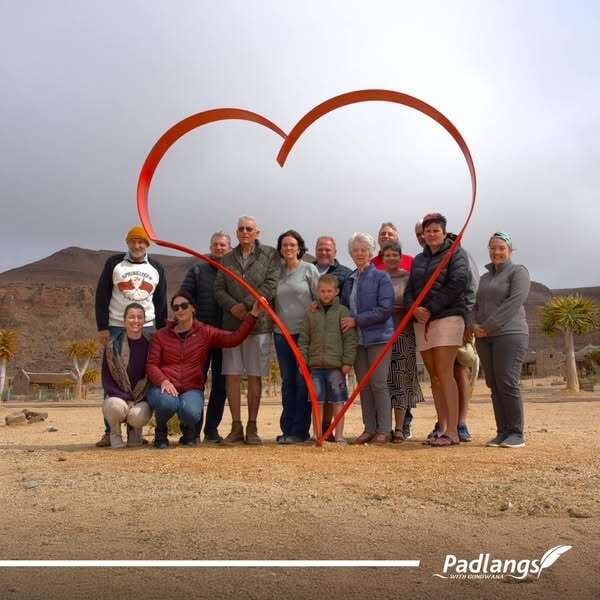
The younger generation had grown up by then. When Henk completed school, he left to do his national service in Pretoria and picked up work there afterwards in the laboratory department of a consulting engineering firm. Barend returned to the farm after his service, helping Pa Daniël with the gruelling work of erecting jackalproof fencing. They carried the material on their backs where there were no roads, through the deepest ravines and down the steepest cliffs, taking out expensive bank loans to cover the costs. The priority before fencing was to establish waterpoints throughout the pasturable areas. Many a drill rig driver felt faint when he saw the route he had to negotiate in order to drill the borehole. Pipelines miles long, suspended on the fences, conveyed water to the outposts deep in the veld.
Marianne recounts the story of how in those days, if you lived on a remote farm with no choice of partners and you wanted a husband or wife you advertised in the ‘Hoekie vir Eensames’ (Section for Singles) in the Landbouweekblad (Farmers Weekly magazine), and that is how Barend met his wife, Marina. He saw her advert for a friend, went to meet her in Warmbad in South Africa and soon afterwards they were married.
While Barend met Marina through the ‘Hoekie vir Eensames’, Henk met Marianne, the sister of one of his national service friends, and they married in 1967 and had two children, Amanda in 1971 and Daniel junior in 1973.
Times were changing. Barend went to work for TransNamib in the early 70s. Henk and family returned to Augurabis towards the end of 1974, but only stayed for four years, returning to town when they learned that their son Daniel wouldn’t be able to go to boarding school because of medical reasons. The orange, grapefruit and naartjie trees were well-established by then and two morgen of lucerne was under flood irrigation.
The 1974 rainy season was an outstanding season. Henk managed the black karakul stock and introduced a few cattle to the farm. Additional irrigation was installed. He took over the general running of the farm, while Pa Daniël continued farming with white karakul. The first Dorper sheep were also brought in, although Ma Hannie doubted their success. Her sixth sense proved to be correct. One morning, tending the camp where the Dorpers were kept, Henk found thirty-five sheep killed by a leopard the previous night lying in a semi-circle. The leopard fed on a single ewe, then left and never returned. The calves of the cattle outside the fencing experienced the same fate.
Henk and Marianne left Augurabis in 1979 to move to Keetmanshoop. By then Augurabis was debt free and fully paid for. They sold all the black karakul sheep, but kept the cattle so they could be cattle farmers on the weekend.
Barend returned to the farm in 1980 and assisted his aging father. Pa Daniël and Johanna eventually moved to Keetmanshoop. They were not rich, but they had lived a life full of contentment, and love for their animals and the natural world. Daniël passed on peacefully in 1992. Johanna spent her last days in ‘Ons Tuiste’ home for the elderly in Keetmanshoop. She passed away in 2011 and was buried next to her husband.
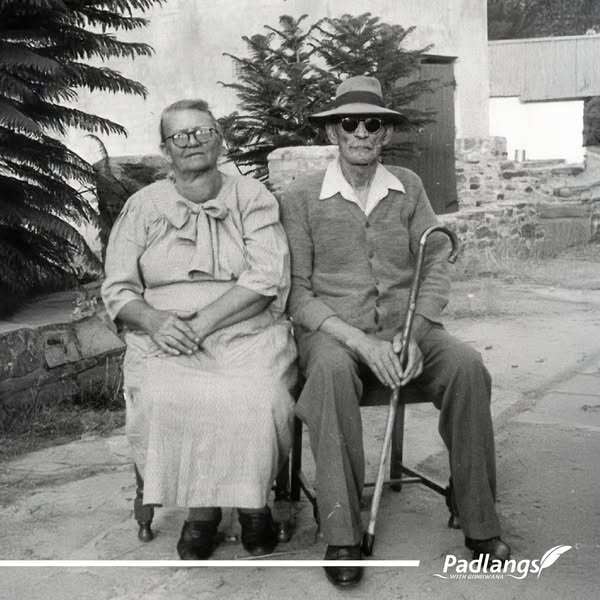
The farm was sold in the late 1980s, first to an Italian and then to a Frenchman before it appeared on Gondwana’s path in 1995.
In October 2024 we had the privilege of hosting Henk and Marianne and their children and grandchild, and Barend’s children and their spouses at Canyon Village when they visited the farm for the first time in thirty years. The family members had travelled from Springbok and Douglas in South Africa, and from Walvis Bay in Namibia for their trip down memory lane. The following day we had an adventurous day 4x4ing on the rocky roads that Henk’s father, Daniël Jacobus, had painstakingly built. Lunch was enjoyed in the riverbed in the shade of thorn trees where Henk began to tell the tale of how he arrived with his mother and father and their flock of sheep in the 50s. It was an emotional time when we stopped at the old farmhouse and memories flooded back.
(The story of the De Waal family will be the first in a series about the early farmers of the eastern canyon to be posted on PadlangsNamibia in the near future.)


.png)
.jpg)
.jpg)


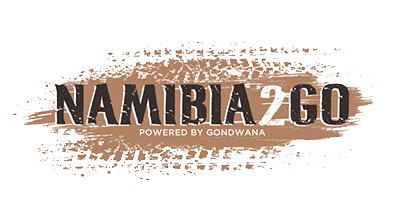

.png)
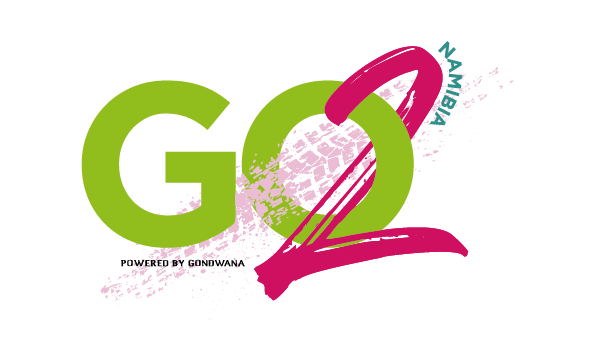
SUBMIT YOUR COMMENT